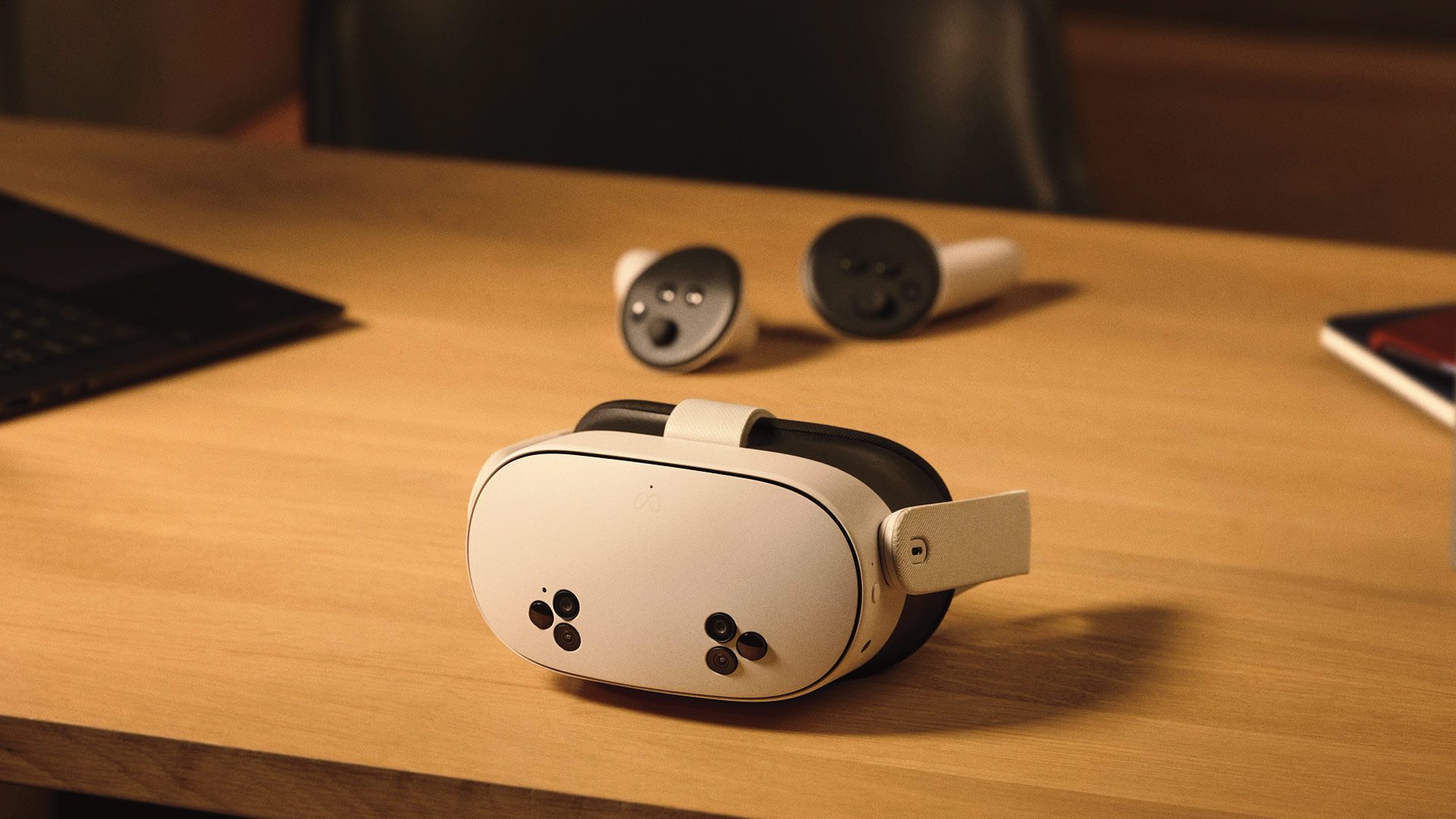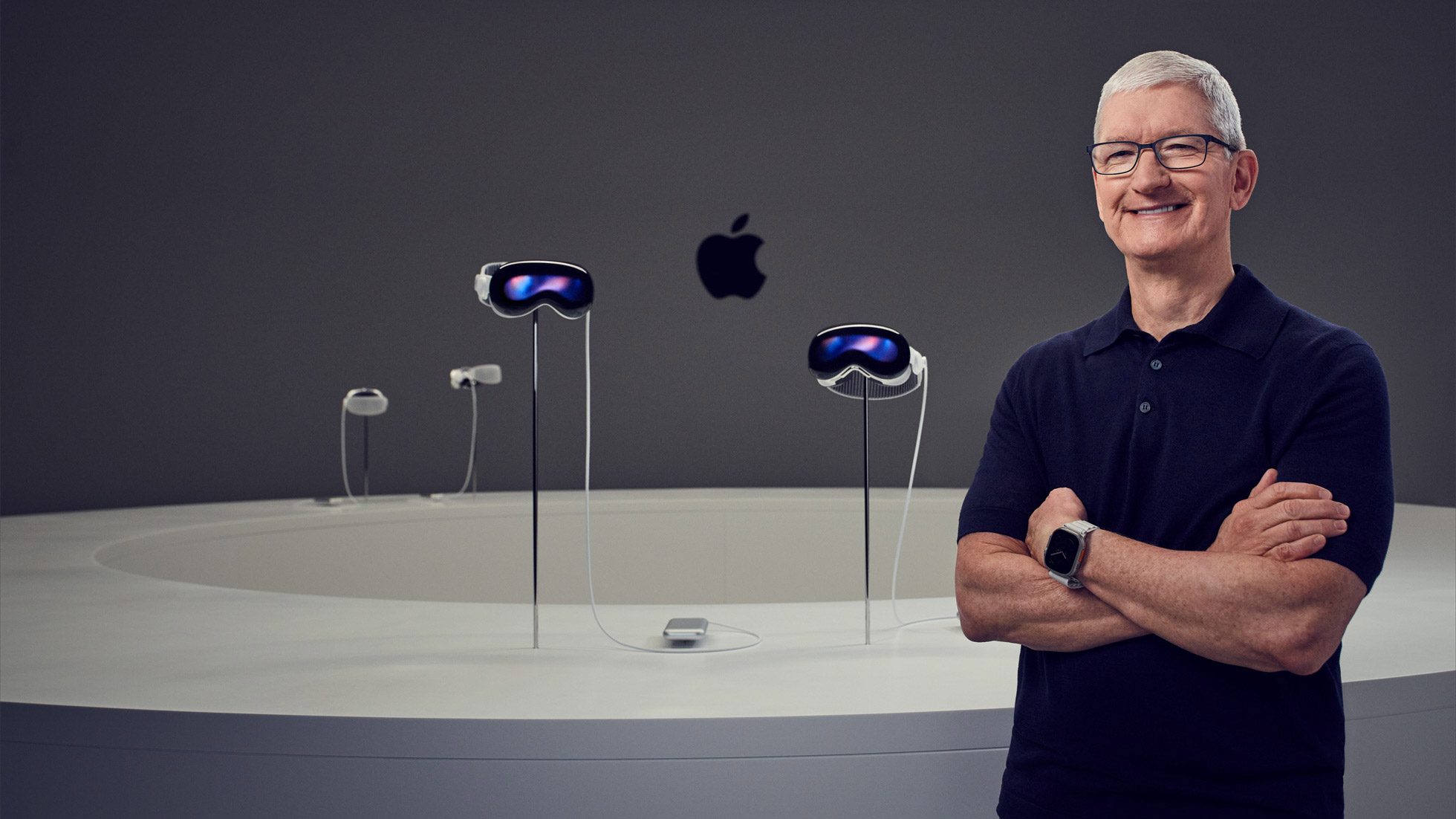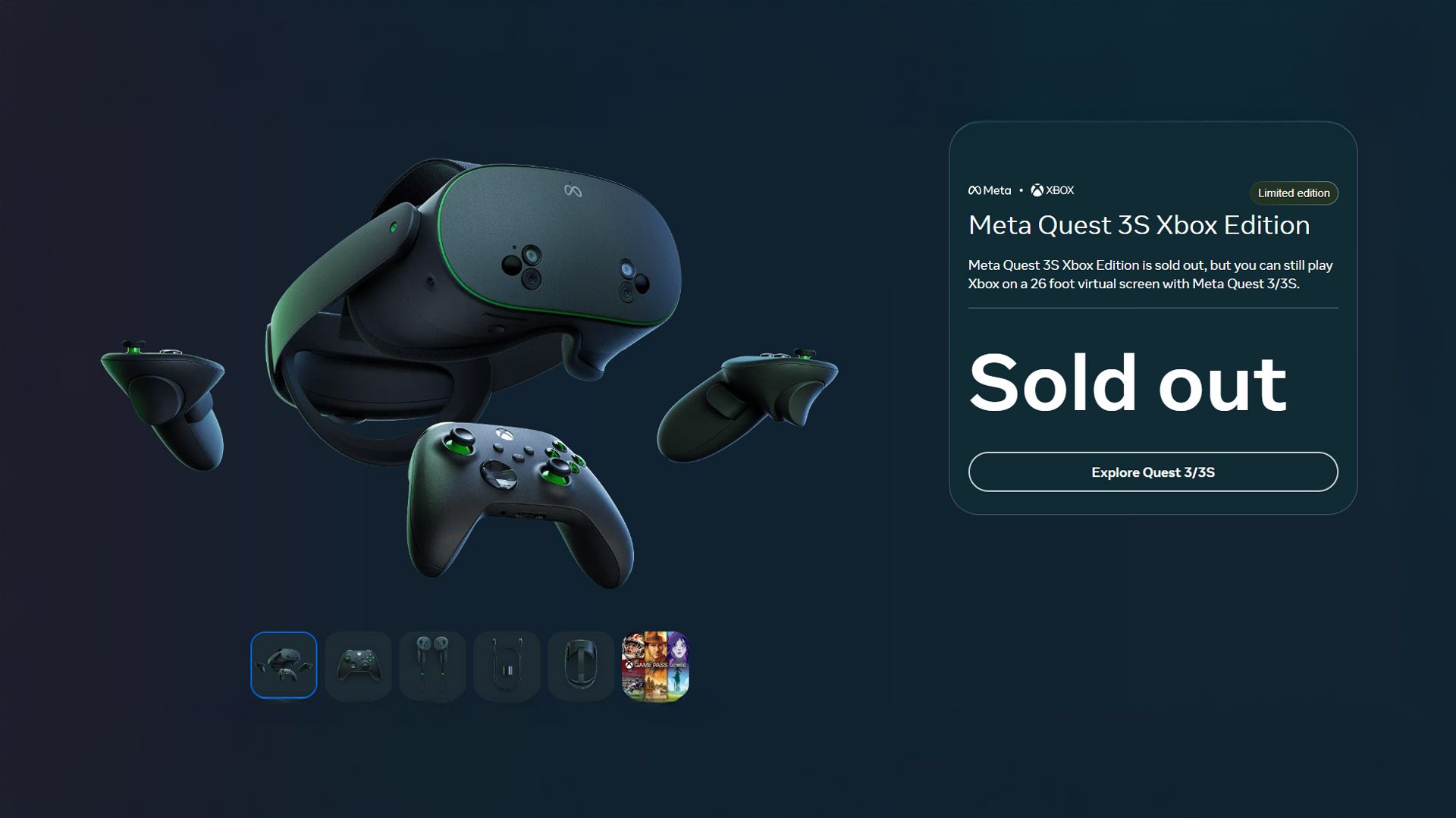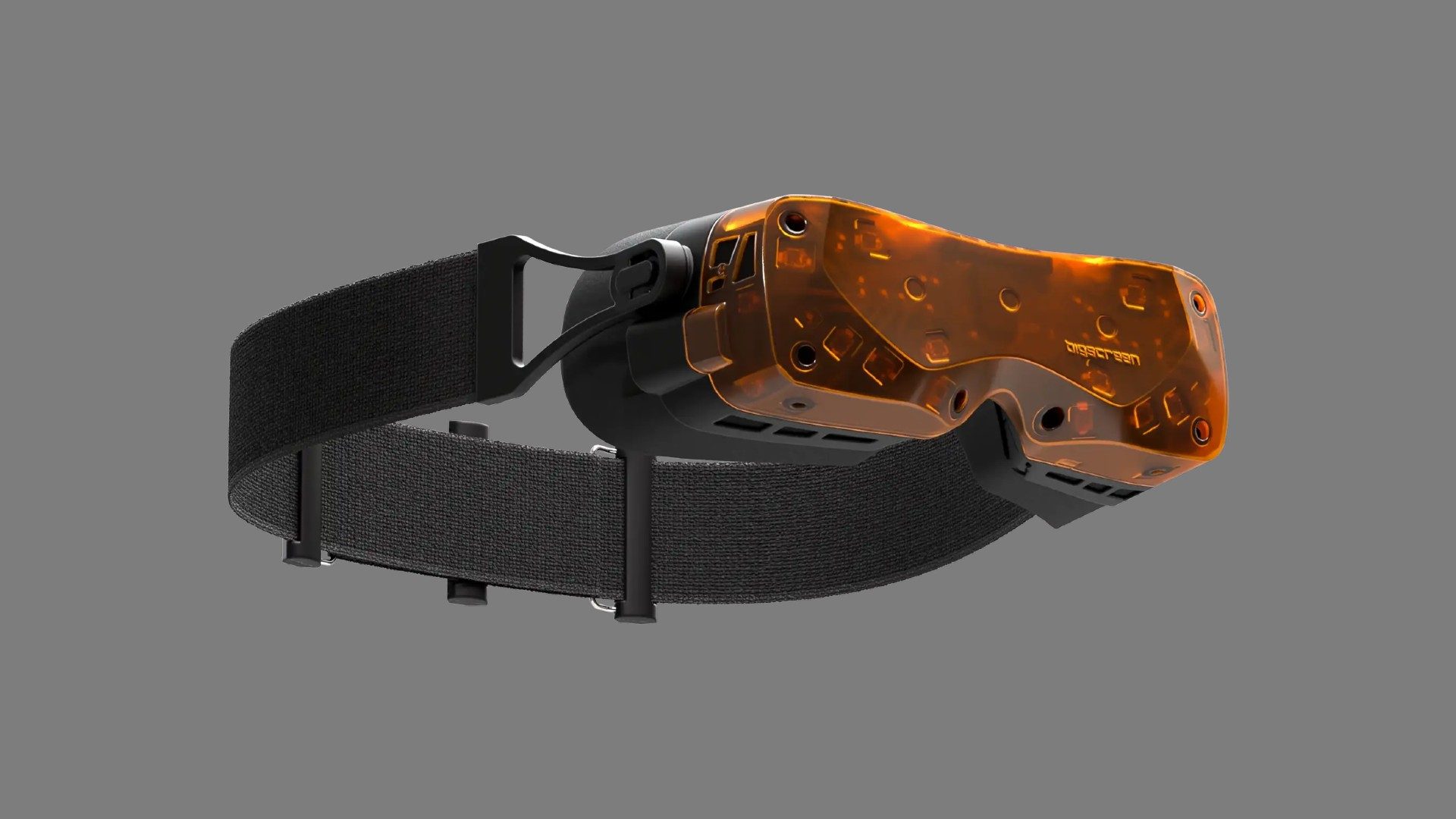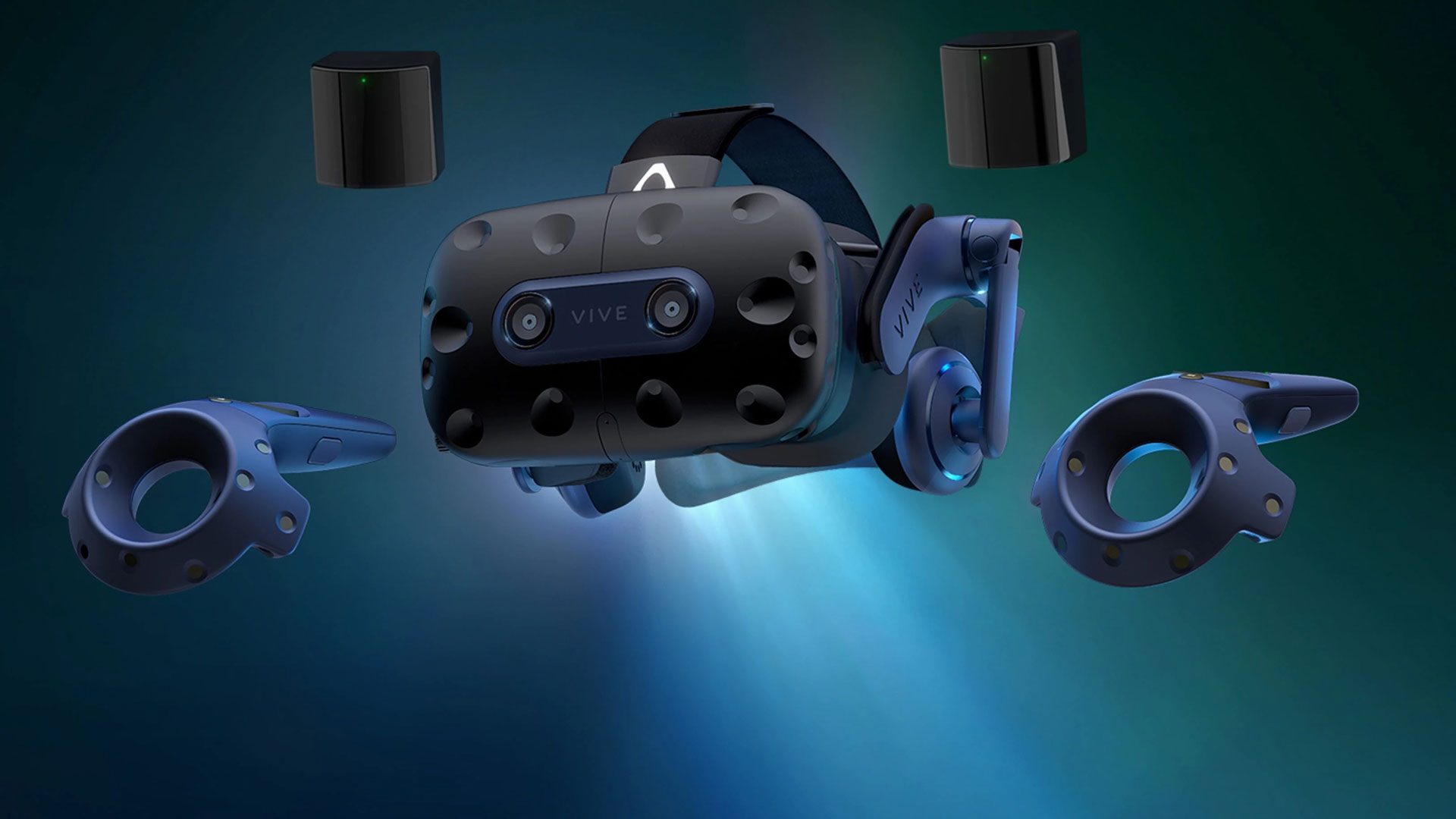Combining pinball with virtual reality seems like a perfect fit. Now, instead of being limited by traditional paddles and gravity, Bounce Arcade lets you hit the ball with your hands, all while chasing that high score. But does the shift to fully 3D VR stages bring enough replay value to keep players coming back? Bounce Arcade takes a shot at it, and while it shows promise, the results are a bit mixed.
The core gameplay mechanics are rock-solid. Using your controllers as paddles feels intuitive and satisfying. And being able to adjust the ball’s path right after hitting it saves a lot of frustration when aiming for tricky targets. By repeatedly hitting the ball and collecting energy orbs, players unlock a short burst of magnetic mode. This allows you to pull the ball to your paddle with a quick trigger squeeze. It’s responsive, alleviates some complexity, and recharging doesn’t take long.
Here’s the rundown: Bounce Arcade is a stationary VR pinball game featuring four thematic cabinets—deep space, the Wild West, a haunted house, and a pirate ship. It runs on the Quest, and it retails for $19.99. Velan Studios has crafted an intriguing concept that is available for play right now.
Back in October, during an early look at Bounce Arcade, I pointed out a couple of areas in need of improvement for the game to truly shine. Primarily, the stage design needed tightening, and some gameplay tweaks could help ease newer players in. Progress has been made, at least in terms of stage design.
Credit goes to Velan Studios for improving collision detection in the Wild West-themed Gunpowder Gulch. Though the visuals haven’t changed much, I’m now able to send the ball where I intend much more effectively. The objectives are also slightly refined, albeit still a bit tricky. While I don’t find this stage as captivating as the sci-fi-themed Asteroid Outpost, it does serve well as a beginner’s option. Asteroid Outpost continues to be a blast, thanks to its well-marked story objectives and mini-games, which introduce fresh gameplay genres like rail shooting and a Breakout-style asteroid smash.
The same attention is needed for Pirate’s Plunder, the pirate ship stage. This and Monster Manor, the haunted house stage, come with mixed blessings. Monster Manor is a standout, excelling with intuitive prompts and clear gameplay cues. Meanwhile, Pirate’s Plunder struggles with clarity, causing frustration.
Take, for instance, the task of targeting the Jolly Roger on your ship. The ball passes through the sail, so how would players know the Roger is an actual target? Instructions to load cannons and set sail aren’t very helpful when all I could do was sporadically fire cannons and whirl the steering wheel. The epic naval battles waiting to be experienced remain elusive without proper guidance.
Monster Manor, on the other hand, is challenging but makes so much more sense. Tasks are instinctive, like lighting torches to fend off ghosts or charging a ghost-hunting gadget by knocking spirits out of items. Optional tasks, like interacting with the Jack-o’-Lantern clock, are easier to interpret. Ghosts might even snatch your pinball and launch it unexpectedly—right into your face! The environment morphs in exciting ways, with the house itself coming alive, making every playthrough dynamic. If all stages reached this level of brilliance, Bounce Arcade would undoubtedly be a top hit.
Bounce Arcade is accommodating in terms of movement, providing a comfortable experience whether sitting or standing. Both hands can be used to hit the ball, and the magnetic functions of the paddles are easily activated. The game automatically adjusts for player height, so you can enjoy it whether seated or standing motionless. Moving around isn’t required, and there’s an option to extend your paddles forward with a button, avoiding the need to stretch physically.
However, it would be helpful if players could reposition the stage within their play area without having to restart or rearrange furniture. A simple button for reorientation could fix this. Moreover, an unlimited ball mode could accommodate those with mobility limitations, enhancing gameplay inclusivity.
What’s frustrating is that while the fundamentals and sound design are excellent, offering a seamless transition between sitting and standing play, there are still issues. The absence of an easy difficulty setting or unlimited ball mode is a letdown, although it could be addressed in future updates. The challenge lies in the cabinet designs themselves; not all are equally compelling.
The potential for a more expansive VR pinball experience is intriguing. The myriad story objectives and associated mini-games suggest vast untapped possibilities. Wanting more from the get-go is both promising and concerning.
As it stands, Bounce Arcade is engaging and offers a fresh spin on a genre not often explored in VR. But whether it can maintain long-term appeal remains uncertain. When everything clicks, it’s a delightful experience. Conversely, its flaws can be glaring, undermining the otherwise impeccable mechanics.
I still recommend Bounce Arcade but with the hope that it will evolve into something even better. While Gunpowder Gulch shows improvement, Pirate’s Plunder still needs work. So, if you’re seeking something novel despite its imperfections, give Bounce Arcade a try—but be prepared for a mixed bag of stages.










![[FREE Game] Ruffy and the Riverside Giveaway for PlayStation 5 (NA) [FREE Game] Ruffy and the Riverside Giveaway for PlayStation 5 (NA)](https://www.xgamernews.com/wp-content/uploads/2025/06/PlayStation-5-Ruffy-and-the-Riverside-A-Comprehensive-Review-360x180.jpg)





















